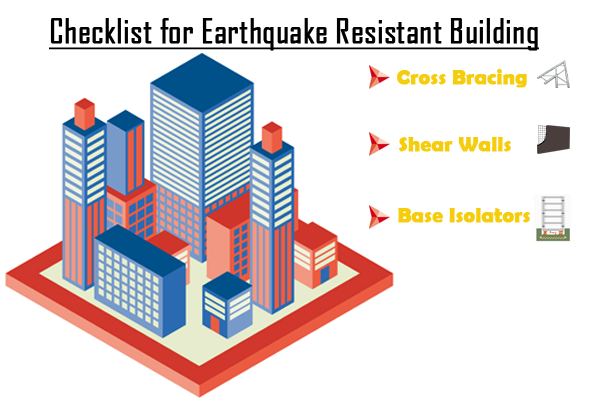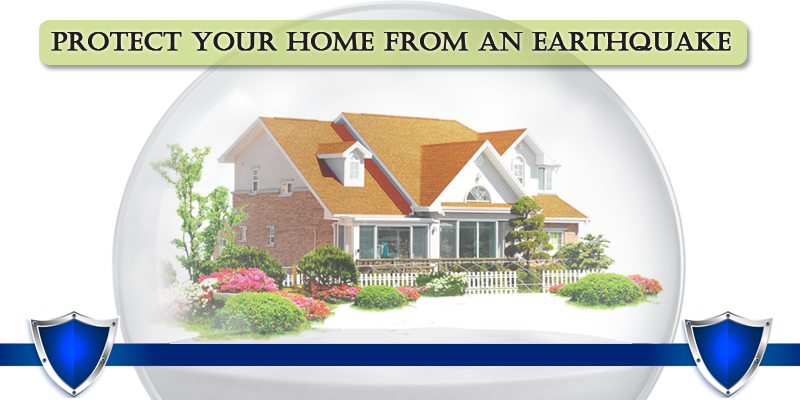How to protect your home from Earthquake
India falls under active seismic zones thus the probability of earthquakes in India are higher. India has several earthquake histories for which many a cities affected massively. As per Ministry of Earth Science more than 200 cities in India comes under the classification of high risk seismic zones.
How Earthquake occurs?
When there is a sudden energy exchange between two plates in outer hard layer of earth the waves of energy that travel through the Earth’s layers. Then we experience the earthquake. Earthquake has different type of frontier. Some causes tsunami and some shivers the ground. For earthquakes damage occurs in homes, bridges, dams etc. Zone that falls under active seismic zones can experience massive damage during an earthquake. In order to reduce the effect of an earthquake right measure should to be taken on time.
7 Important facts to protect your Home from an Earthquake
- Choose only Best quality Construction Materials
- Always choose best quality construction material that can protect your home during an earthquake. TMT Bars are the main component that protects your home during an earthquake; it can absorb extra energy for superior tensile strength. Always choose Earthquake Resistant TMT Bars for your home.
- Strong Walls makes your home Earthquake Resistant
- During the planning stage masonry infill walls should be in place. Steel frames reduce the structural problem of the building. Unenforced Masonry buildings are made of bricks, hollow clay tiles etc that are vulnerable during an earthquake.
- There should be enough space between walls and the frame of the building. It eases the drift because the building moves during the earthquake.
- Reinforcement is important to protect from Earthquake
- To make your building earthquake proof it is important to give Shear walls, shear core and cross bracing. It provides additional strength to the structure. Shear walls provide additional strength to the foundation and helps to bear additional movement during the earthquake. It is necessary to have the shear walls at the center of the building around elevator shaft or stairwell.
- Moisture of the Foundation should be constant
- The foundation of every house is mostly affected with local soil and water. Before proceeding the construction it is essential to check the soil condition. The foundation moisture condition has to be constant. The drainage system on roof should be proper so that there is no clog that can damage the floors that is underneath the roof also ensure that the rainwater on the ground runs into drains and not strain under the building.
- Protect the home from outside Hazards
- Periodic check on hazardous items are mandatory.
- Old or Leaning Tree
- Electrical Wires or Power Lines
- It is important to maintain and eliminate the risks of such items so that during an earthquake these does not becomes threat to your house.
- Periodic check on hazardous items are mandatory.
- Timely repair of your home
- Every parts of your home needs to be checked timely. The walls, furniture that are fitted on walls, roof should be repaired. If any hairline cracks appears or any break on ceilings found then it should not be ignored.
- Windows with round corners
- Rectangular window frames are having more load bearing capacity than square window frames. During an earthquake square window frames corners can be damaged but rectangular window frames can be preserved due to high load bearing capacity.


